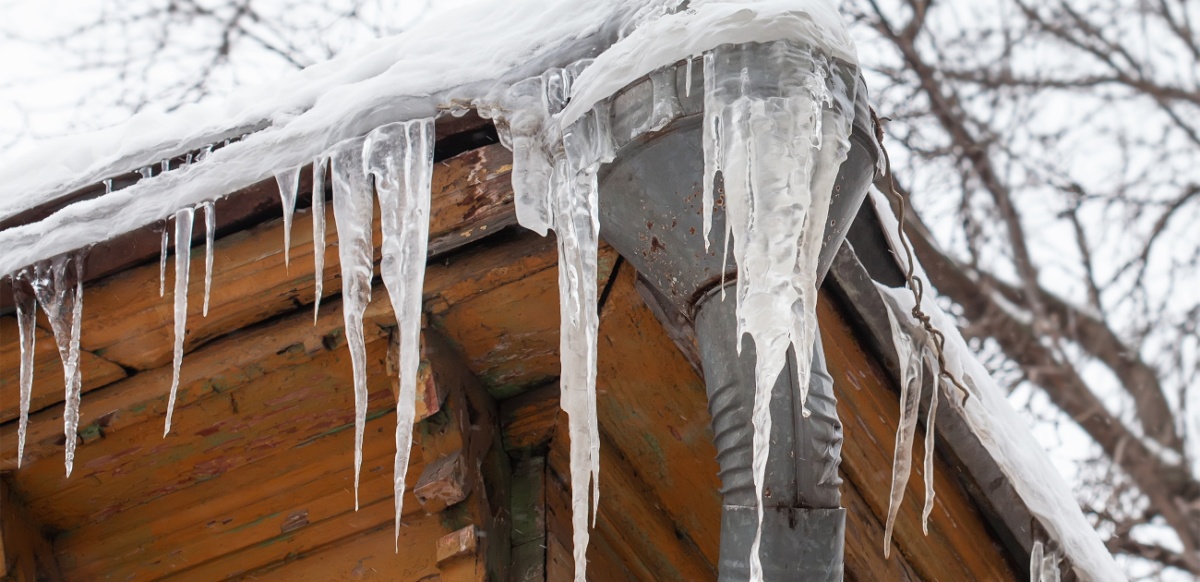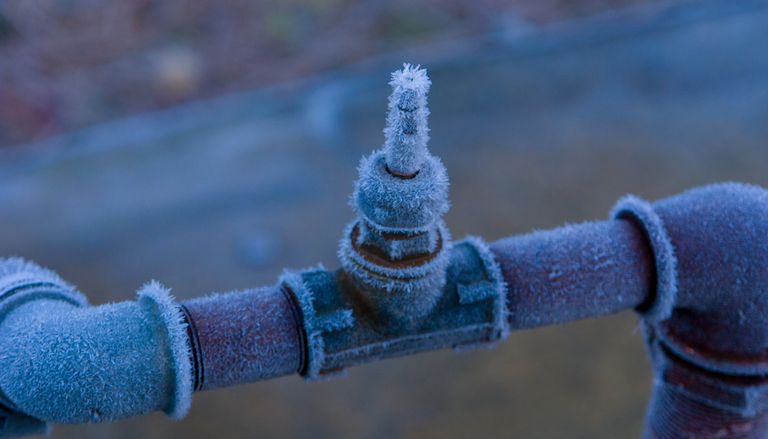Important Tips to Avoid Frozen Pipes in Cold Weather: Professional Insights
Important Tips to Avoid Frozen Pipes in Cold Weather: Professional Insights
Blog Article
We've stumbled on the article involving How to prepare your home plumbing for winter weather down the page on the web and think it made sense to quickly share it with you over here.

Winter can ruin your plumbing, particularly by freezing pipes. Below's exactly how to prevent it from happening and what to do if it does.
Intro
As temperatures drop, the threat of frozen pipelines boosts, potentially leading to pricey repair work and water damages. Comprehending how to prevent frozen pipelines is important for house owners in cool climates.
Avoidance Tips
Shielding vulnerable pipes
Wrap pipes in insulation sleeves or use heat tape to safeguard them from freezing temperatures. Focus on pipes in unheated or external areas of the home.
Home heating methods
Keep interior rooms effectively heated, particularly locations with pipes. Open cupboard doors to permit cozy air to flow around pipes under sinks.
How to determine icy pipelines
Look for reduced water circulation from taps, unusual odors or noises from pipelines, and noticeable frost on revealed pipes.
Long-Term Solutions
Structural modifications
Take into consideration rerouting pipelines far from outside wall surfaces or unheated locations. Include added insulation to attic rooms, cellars, and crawl spaces.
Updating insulation
Buy high-quality insulation for pipes, attic rooms, and wall surfaces. Correct insulation assists preserve constant temperatures and reduces the threat of icy pipes.
Safeguarding Outdoor Pipes
Garden hose pipes and exterior taps
Disconnect and drain pipes yard hose pipes prior to winter season. Set up frost-proof faucets or cover exterior taps with shielded caps.
Understanding Frozen Pipes
What causes pipes to freeze?
Pipes freeze when subjected to temperatures below 32 ° F (0 ° C) for prolonged periods. As water inside the pipes freezes, it expands, putting pressure on the pipeline wall surfaces and possibly triggering them to rupture.
Risks and problems
Icy pipes can lead to water system disruptions, residential or commercial property damages, and costly fixings. Ruptured pipes can flood homes and cause considerable architectural damage.
Signs of Frozen Water Lines
Determining icy pipes early can prevent them from breaking.
What to Do If Your Pipes Freeze
Immediate actions to take
If you presume icy pipes, maintain taps open up to ease pressure as the ice melts. Use a hairdryer or towels taken in warm water to thaw pipelines gradually.
Conclusion
Preventing frozen pipes requires positive procedures and quick responses. By understanding the reasons, indications, and preventive measures, property owners can protect their pipes during winter.
6 Proven Ways to Prevent Frozen Pipes and Protect Your Home
Disconnect and Drain Garden Hoses
Before winter arrives, start by disconnecting your garden hoses and draining any remaining water. Close the shut-off valves that supply outdoor hose bibs and leave the outdoor faucet open to allow any residual water to drain. For extra protection, consider using faucet covers throughout the colder months. It’s also important to drain water from any sprinkler supply lines following the manufacturer’s directions.
Insulate Exposed Pipes
Insulating your pipes is an effective way to prevent freezing. Pipe insulation is readily available at home improvement stores and is relatively inexpensive. Pay close attention to pipes in unheated areas such as the attic, basement, crawl spaces, or garage. Apply foam insulation generously to create a buffer against the cold. You can also wrap your pipes in heat tape or thermostat-controlled heat cables for added warmth.
Seal Air Leaks
Inspect your home for any cracks or openings that could let in cold air. Seal any holes around the piping in interior or exterior walls, as well as the sill plates where your home rests on its foundation. Additionally, make sure to keep your garage door closed unless you’re entering or exiting. Leaving it open creates a significant air leak that can lead to frozen pipes.
Allow Warm Air Circulation
During cold snaps, it’s essential to allow warm air to circulate evenly throughout your home. Leave interior doors ajar to promote better airflow. Open kitchen and bathroom cabinets to help distribute heat consistently around the rooms. If you have small children or pets, be sure to remove any household chemicals or potentially harmful cleaners from open cabinets for safety.
Let Faucets Drip
A small trickle of water can make a big difference in preventing ice formation inside your pipes. When temperatures drop significantly, start a drip of water from all faucets served by exposed pipes. This continuous flow helps prevent the water from freezing. Additionally, running a few faucets slightly can relieve pressure inside the pipes, reducing the chances of a rupture if the water inside does freeze.
https://choateshvac.com/6-proven-ways-to-prevent-frozen-pipes-and-protect-your-home/

We had been made aware of that write-up about How to prepare your home plumbing for winter weather through a buddy on another blog. Enjoyed our piece of writing? Please share it. Help someone else locate it. Thank you for your time spent reading it.
Call Today Report this page